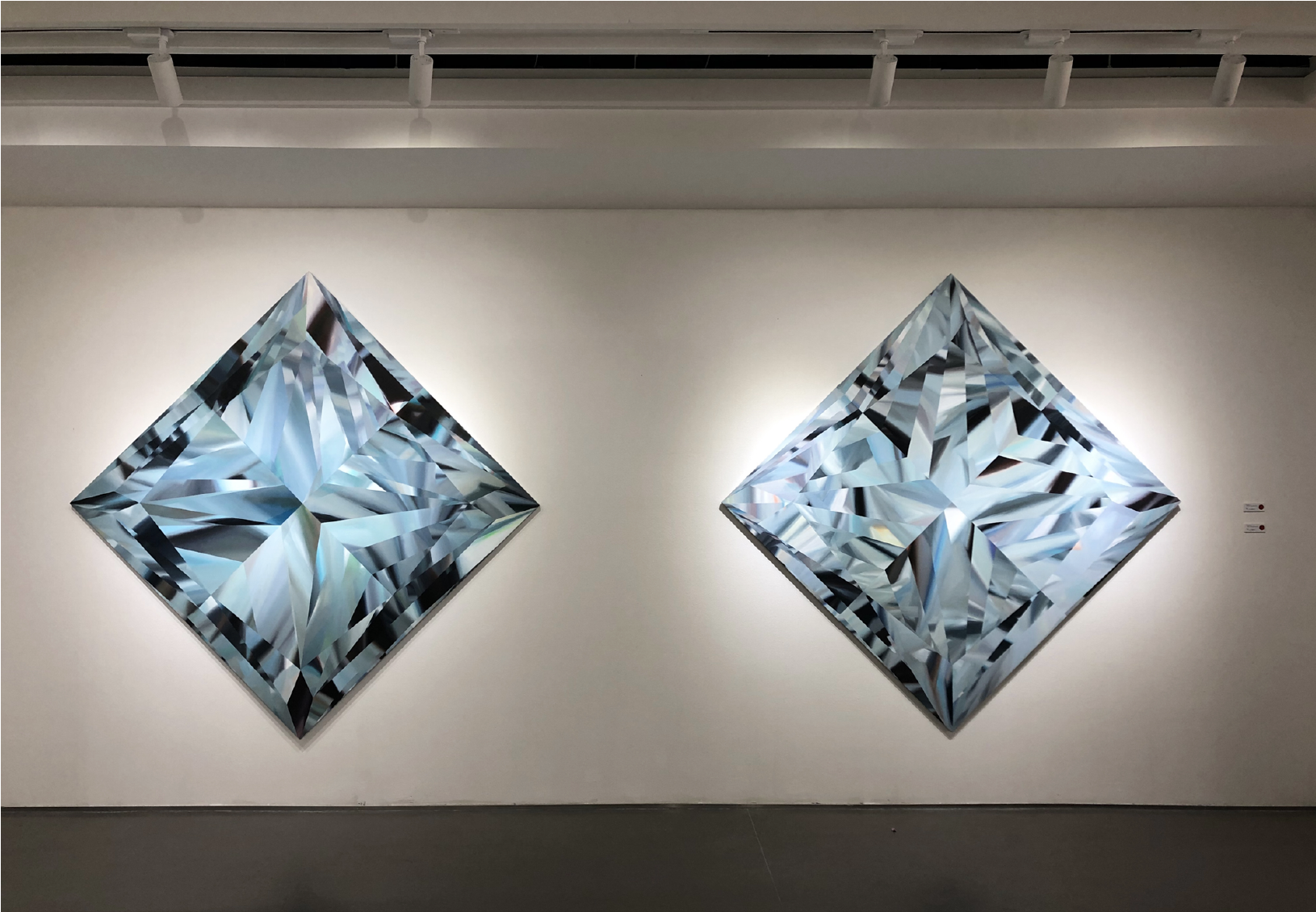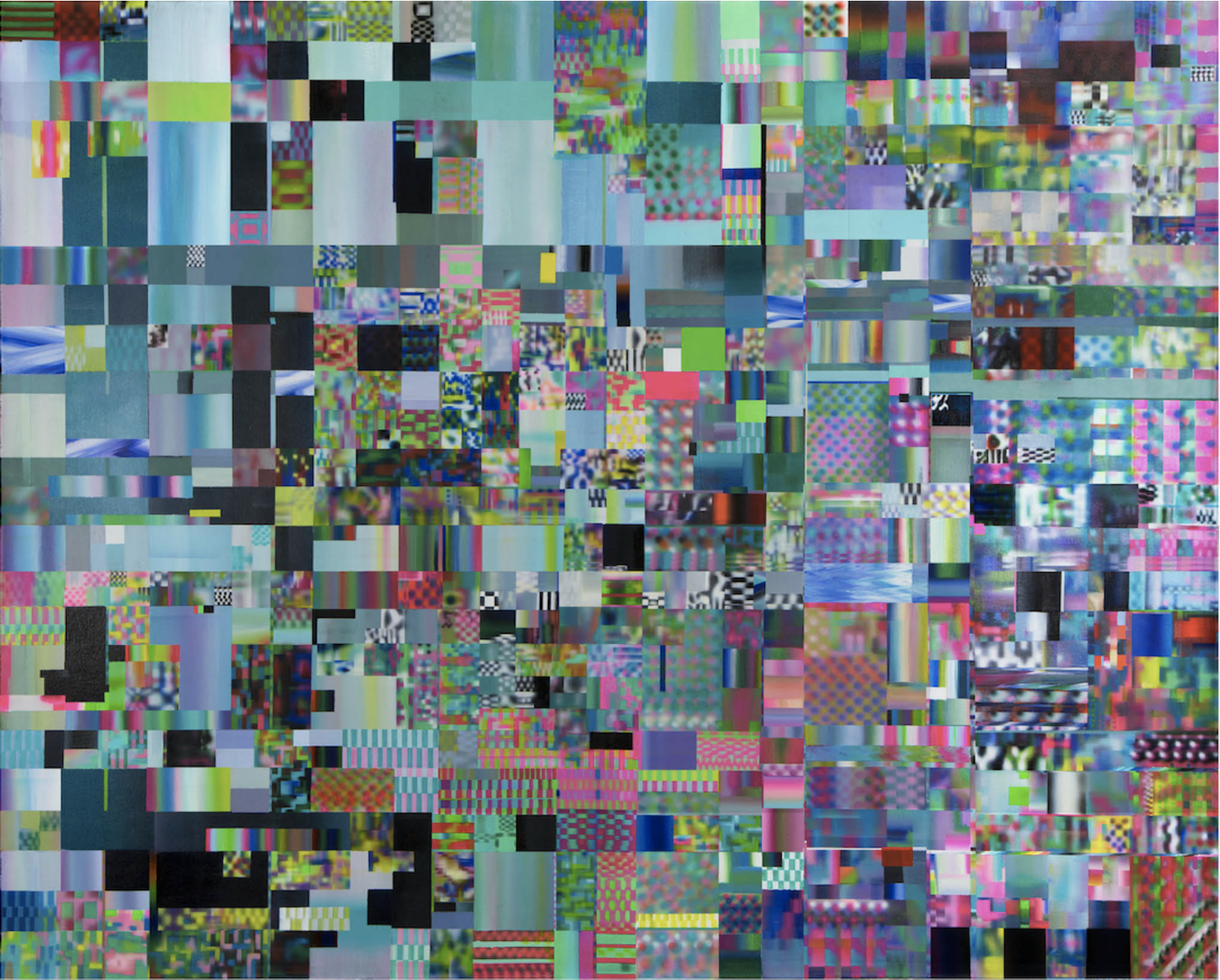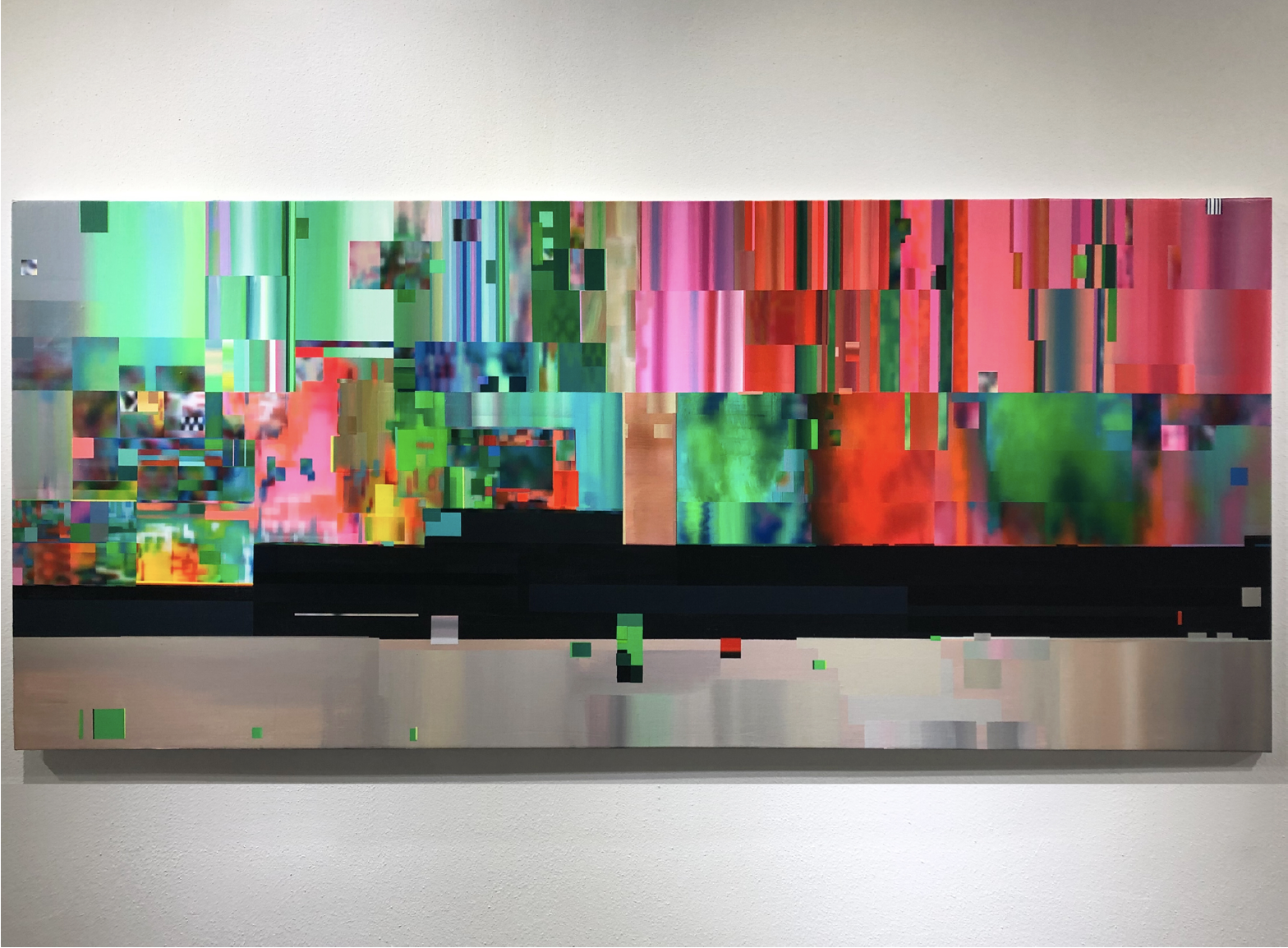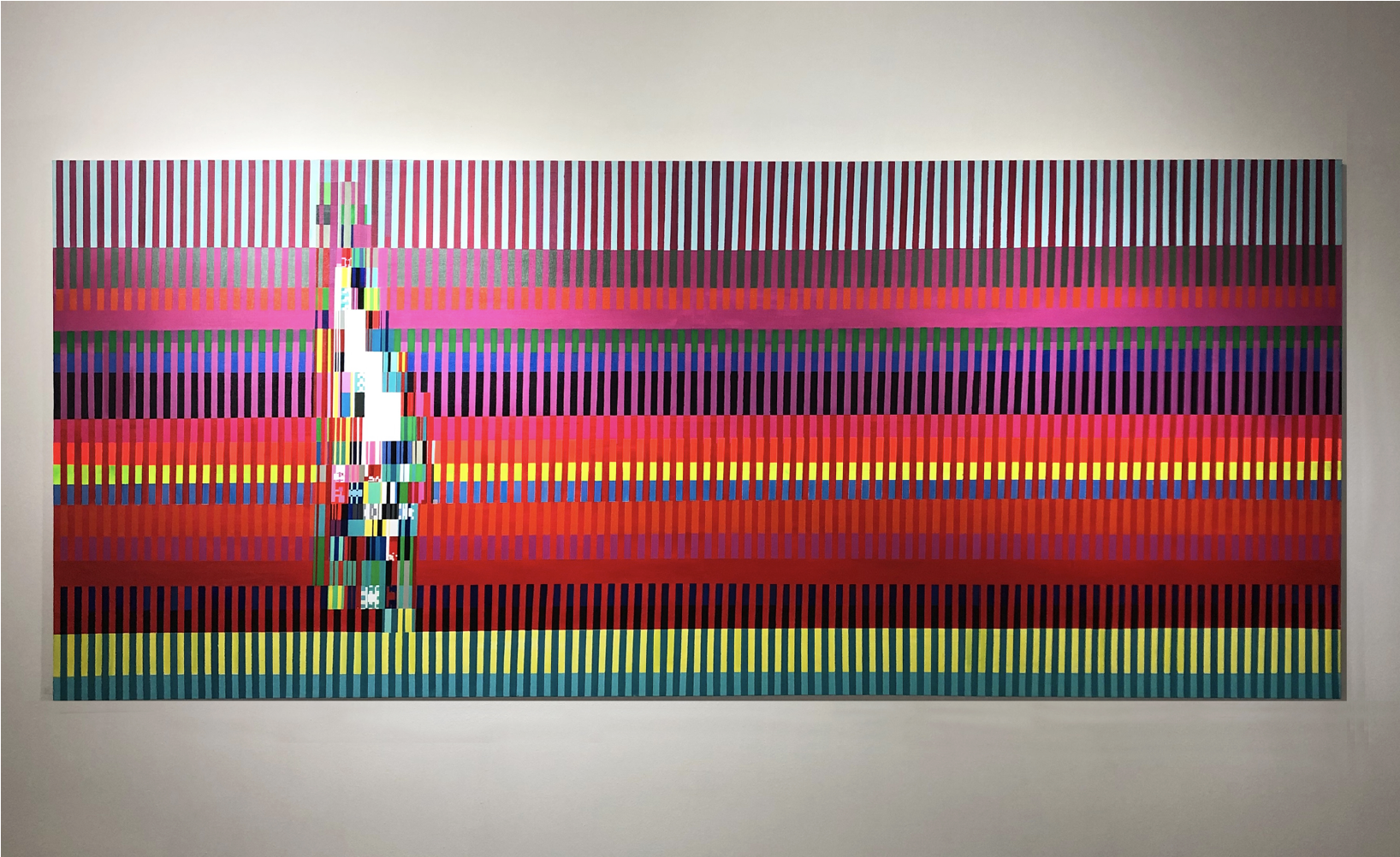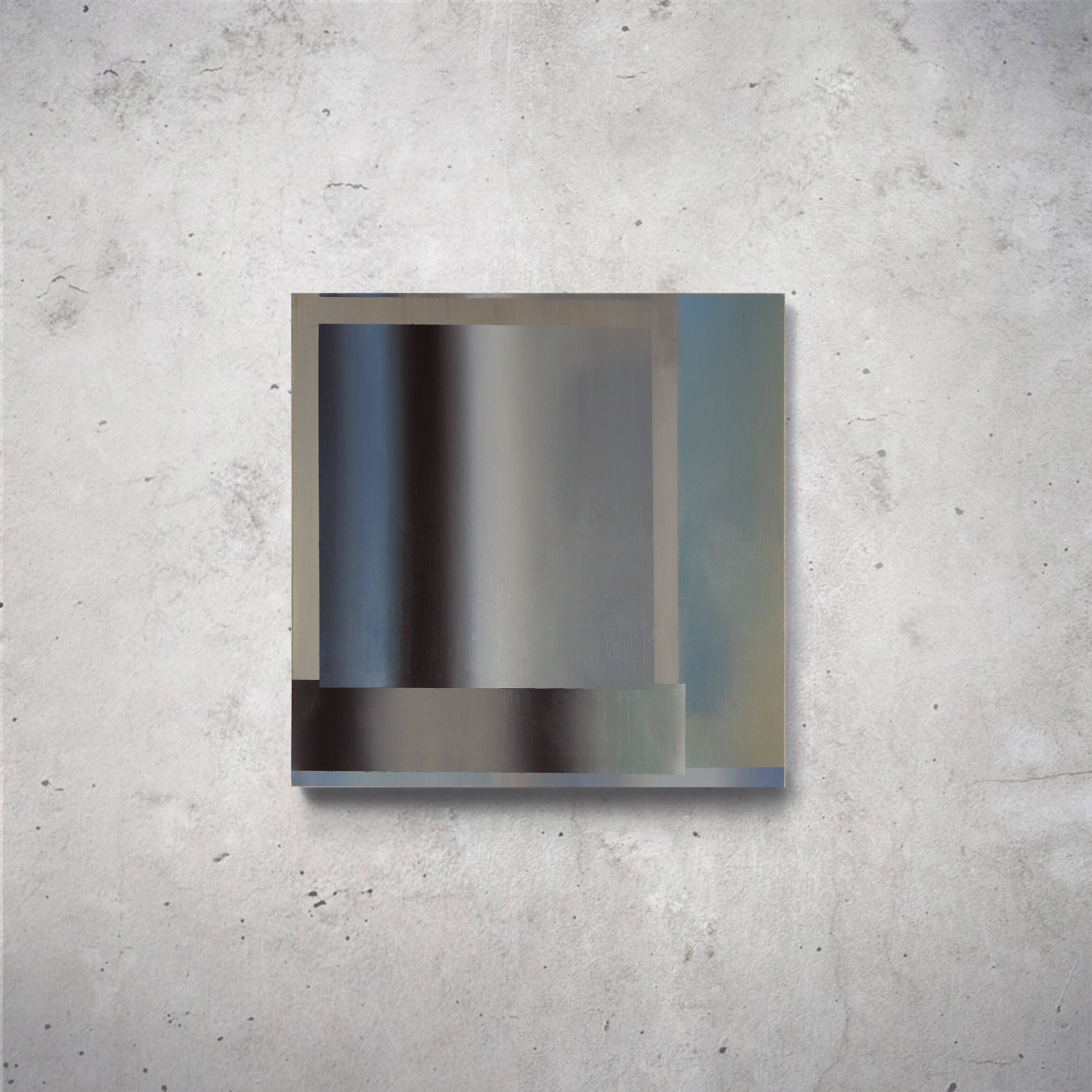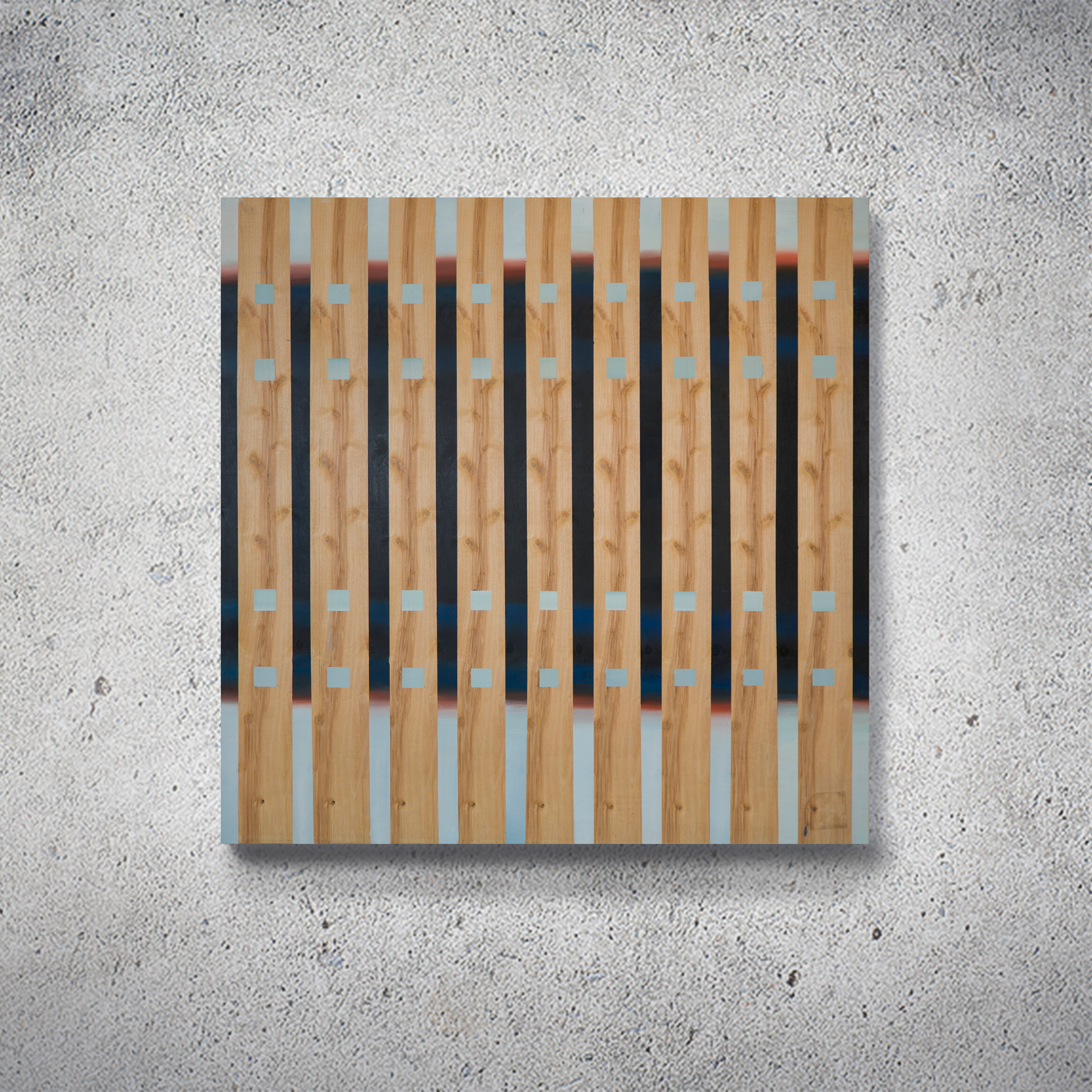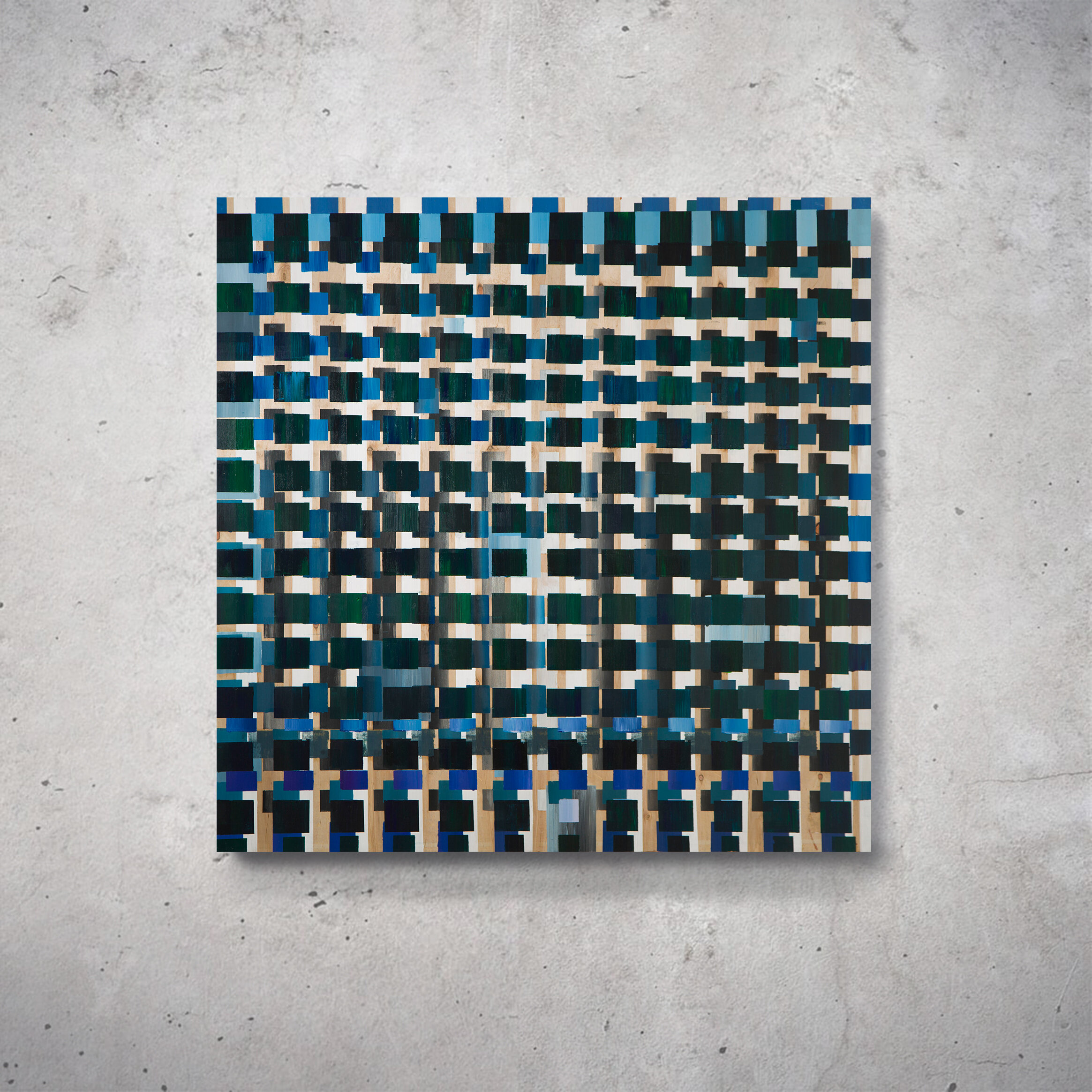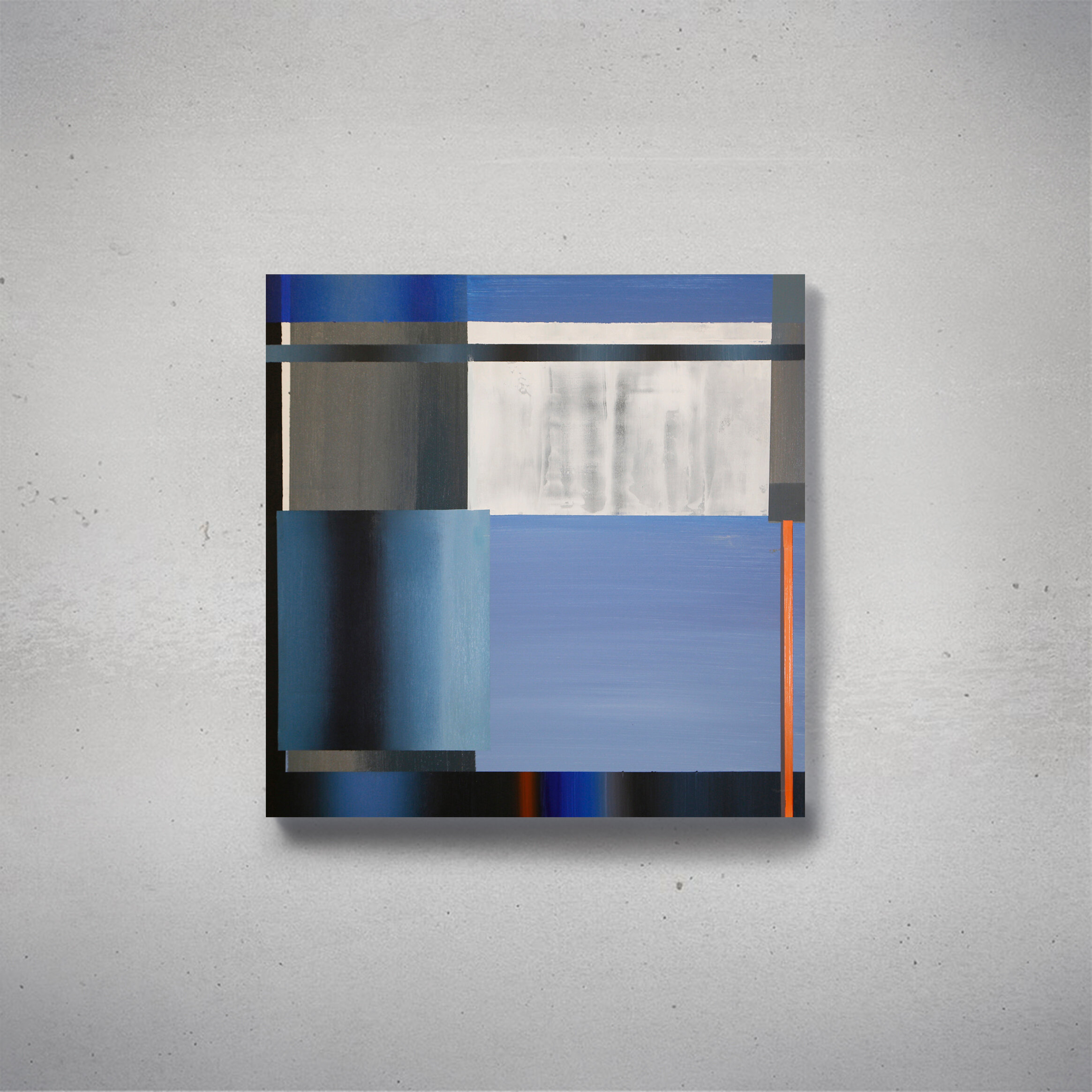Alex Liu
ONLINE RESIDENCY / CHALLENGE PAPER ASSIGNMENT
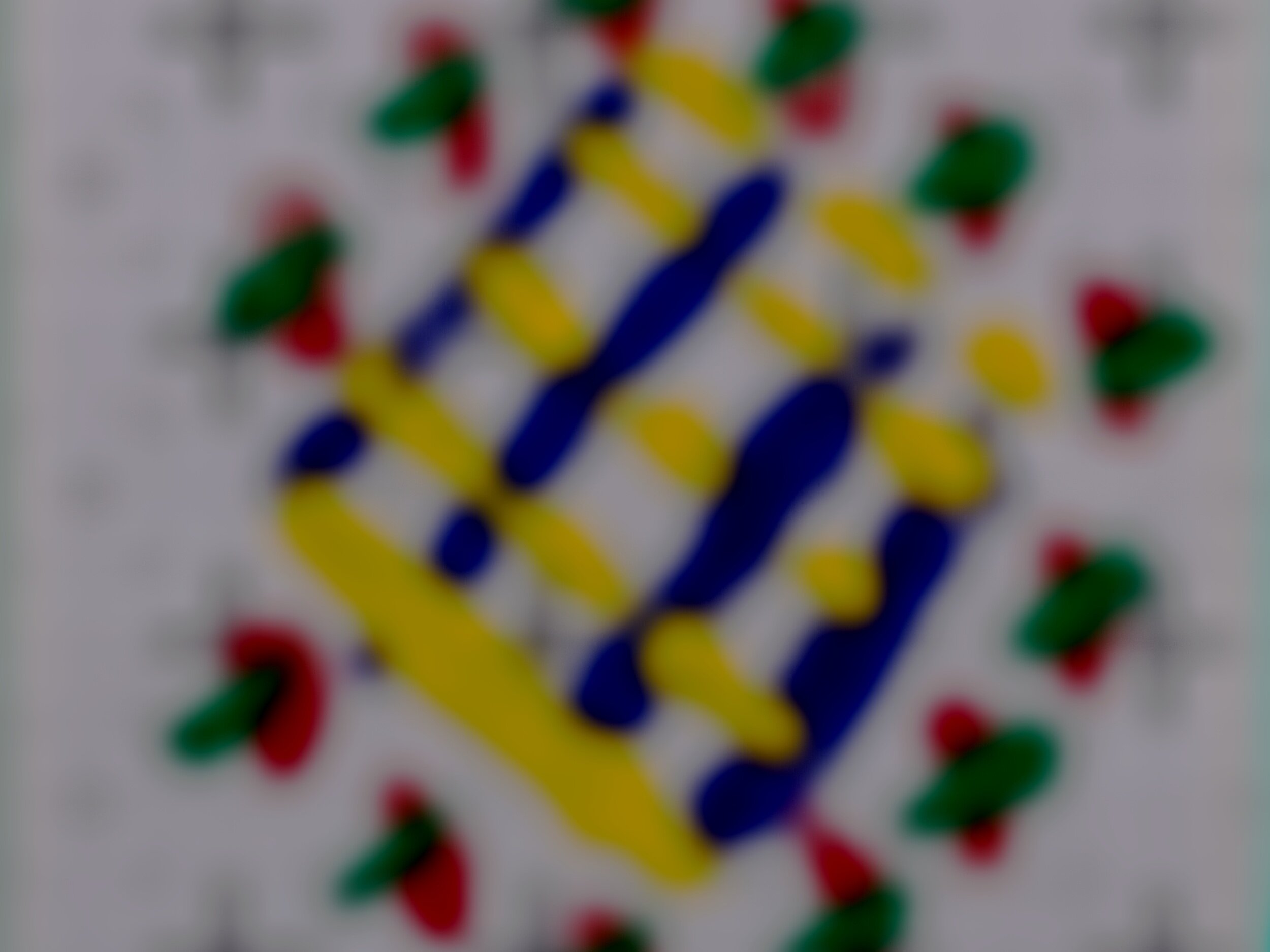
GALLERY ONE
Sensation as
a form of Reality
In contemporary art jungle, the influence of images is still extensive and profound. The development of the Internet and digital tech, the great proliferation of information constantly stimulates the artist's nerves and changes their metabolism. Digital technology has given artists new inspiration and creative direction. The simulation of ultra-high resolution photos, enhanced performance of digital image details, creates a false, simulated, but more convincing "reality." As Jean Baudrillard mentioned in "The Disappearance of Reality": "The things that are simulated never exist in reality." In my paintings, I seldom interest in reproducibility, but through the simulation of the photos, leaving a declarative perspective to make it more open. Rather than showing the conflict between painting and image, it is more about the thinking between paint and vision, and the criticism of the senses and reality.
The emergence of new visual tech seemingly pushed scientific observations into exhaustion. This kind of impact makes artists either move into different media or start thinking about the existence and more essential problems of painting. The Plato cave metaphor also profoundly criticizes the process of human beings' understanding of truth, and metaphorizes modern people's obsession with the senses and human tragedy. The idea can't help us to review how painting as an artistic behavior. With the development of digital technology, the growing pixels continue perfecting visual experience, giving us the opportunity to understand ourselves deeply and understand the reality forward. And when reality is a never-ending process, the world will not stop moving because of the absence from the observer.
Sensation as a form of reality, comes from human nature and returns to humanity. It is a bridge for us to realize the world and a medium for expressing from inside. To come back to the simple essence of painting with continuously over-satisfied hormone will be an interesting topic in contemporary. Re-examining painting from the perspective of fundamental visual elements such as pigments and light is a new re-understanding of human nature.
GALLERY TWo
Painting as Language
From 2015 to 2016, facing the disorder on the surface of contemporary art, I accidentally read Saussure’s linguistic theory. In "General Linguistics Course", he proposed the concept of signifier and signified. He noticed that in language communication, language symbols are composed of content and form, that is, language will have a form of sound, and this sound form will also refer to and symbolize the meaning within or behind it. Saussure believed that language is a closed system composed of different vocabulary / symbols, grammar, and the relationship between parts. When each part forms a whole with a reasonable structure, the whole has new functions. What constitutes this structure is not each symbol itself, but the system formed by individual differences.
If this theory is put into painting, painting can also be regarded as a system of visual symbols, so can we use the basic visual symbols to construct a changing structure? Like music, changes in notes, tones, and other elements constitute a melody, and the melody will naturally lead to fluctuations in human emotions and psychology. Is this same true of painting? Through the combination of the most basic visual elements such as color, composition, point, line and surface, a visual rhythm or rhythm would also be generated. The aesthetic experience does not necessarily need to pass a specific image. Then works of the “cube” series were born. The reason why the square is selected as the only element in the painting is determined by the base shape of the canvas or wooden board.
The frame can be seen as an extension of the block, or as a collection of whole blocks, which is the relationship between the large system and the small system. At the same time, the form of the square plays a role of magnifying and shrinking the frame itself, and the invisible radial angle with the edge of the frame further strengthens the sense of form and tension of the picture. Through the continuous accumulation of dislocations between the squares, the original neat arrangement of the center to the edges is gradually broken, from order to disorder, to the formation of a new order, creating a 3D illusion. Like the difference mentioned in Saussure semiotics, this difference constitutes the open structure of painting.
The interesting thing about oil paintings on wooden boards is that, unlike the base of the cloth, due to the texture of the wooden board, its surface has a certain space from the beginning, and its naturally blurred surface has an interesting conflict with the angular squares. The form of squares and the combination of colors of the three primary colors make it easy to associate the images presented by digital media. With the development of new media technology, from the dissemination of images to display, the images are greatly digitized, which directly leads to the digitization of artists' aesthetic resources and new views on natural life. The conflict between the square and the board symbolizes the relationship between the real image and the digital image, or furthermore, it reflects the relationship between natural objects and artificial objects.




